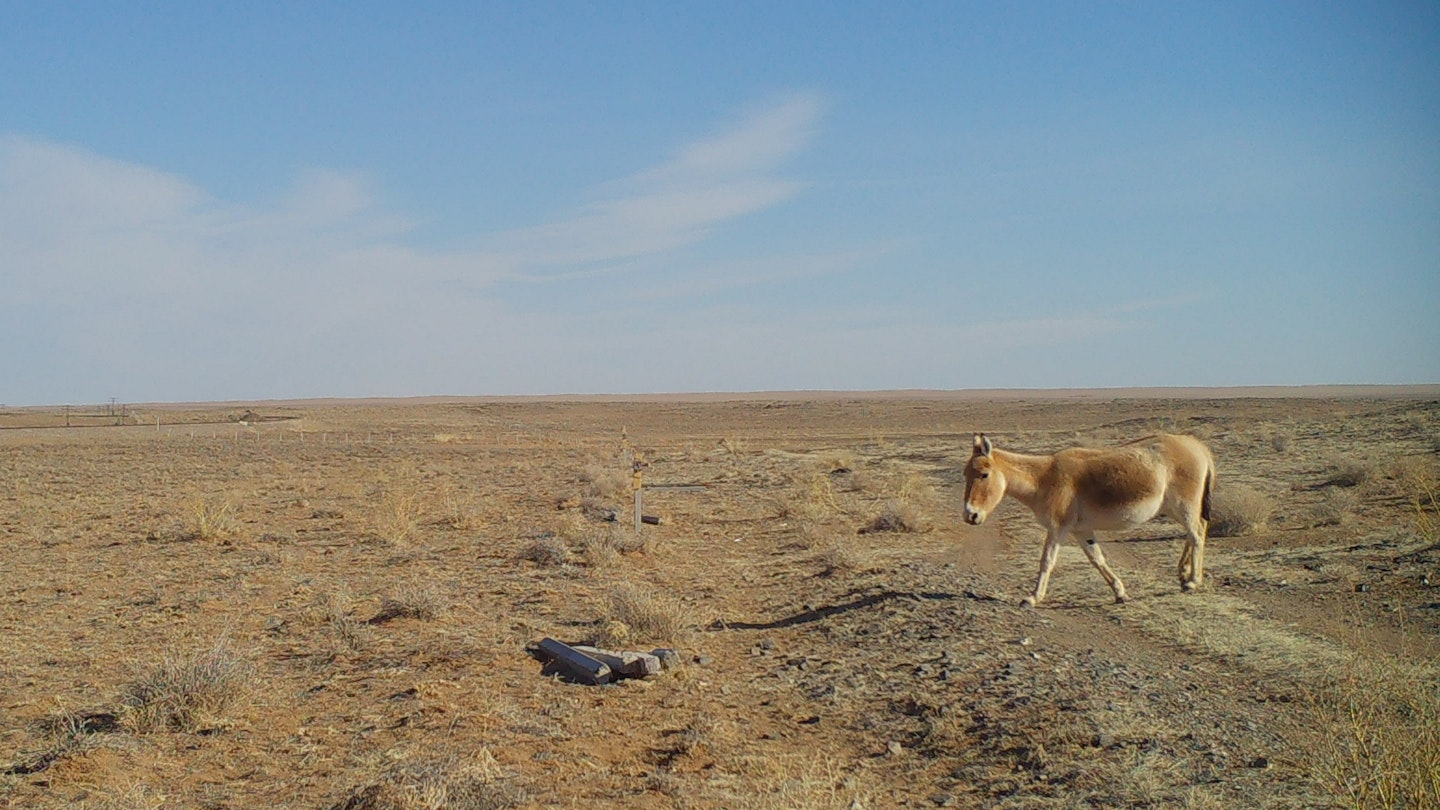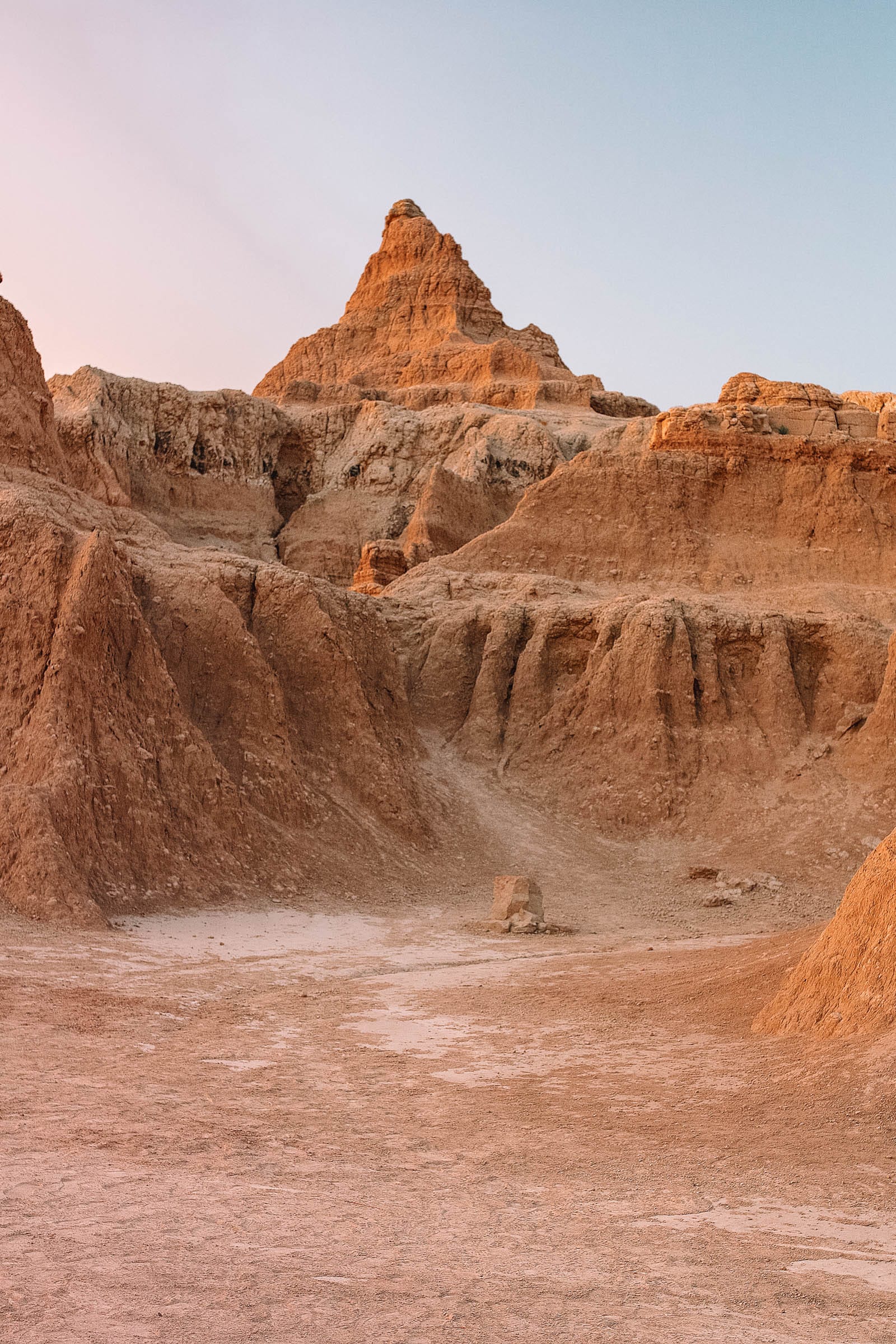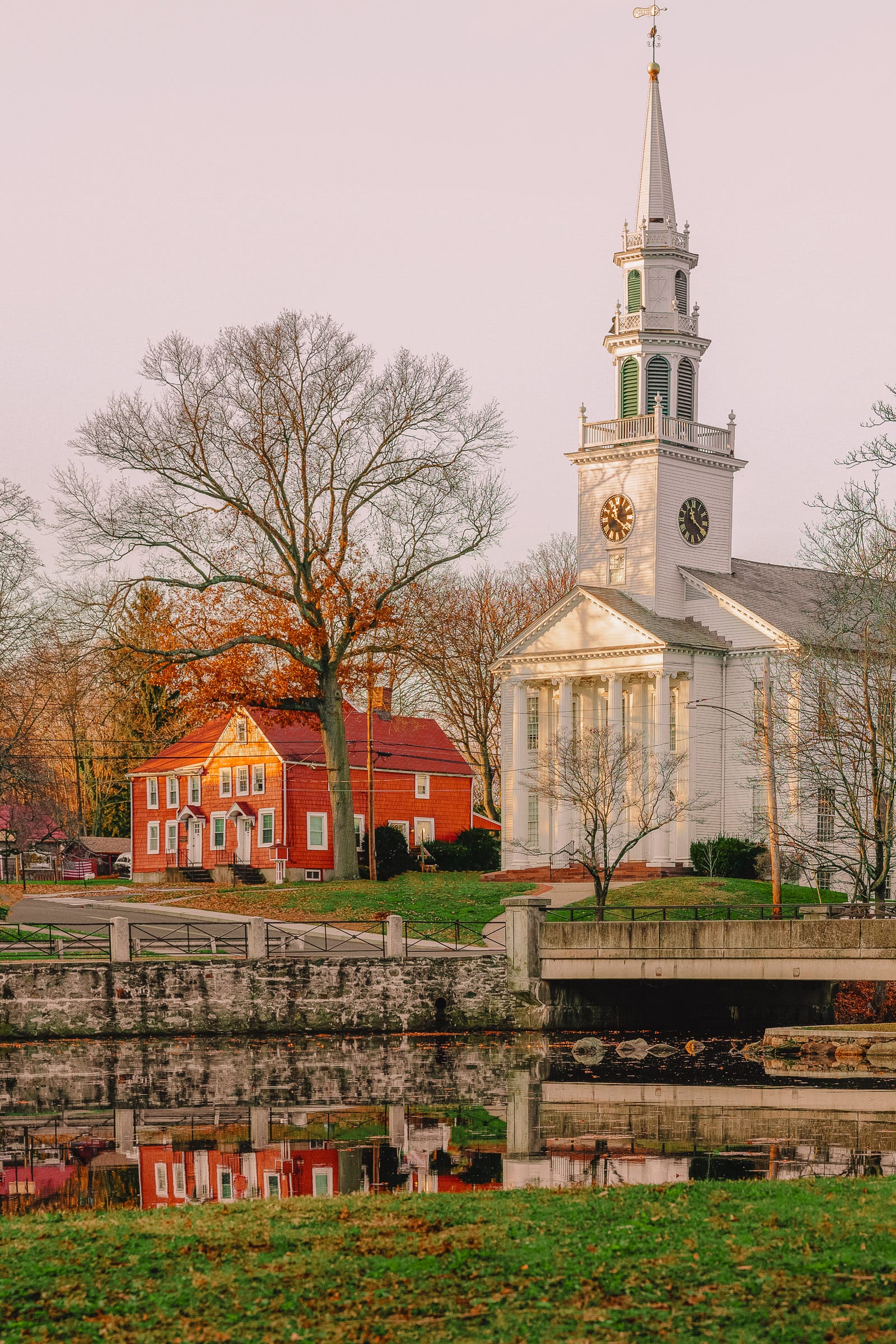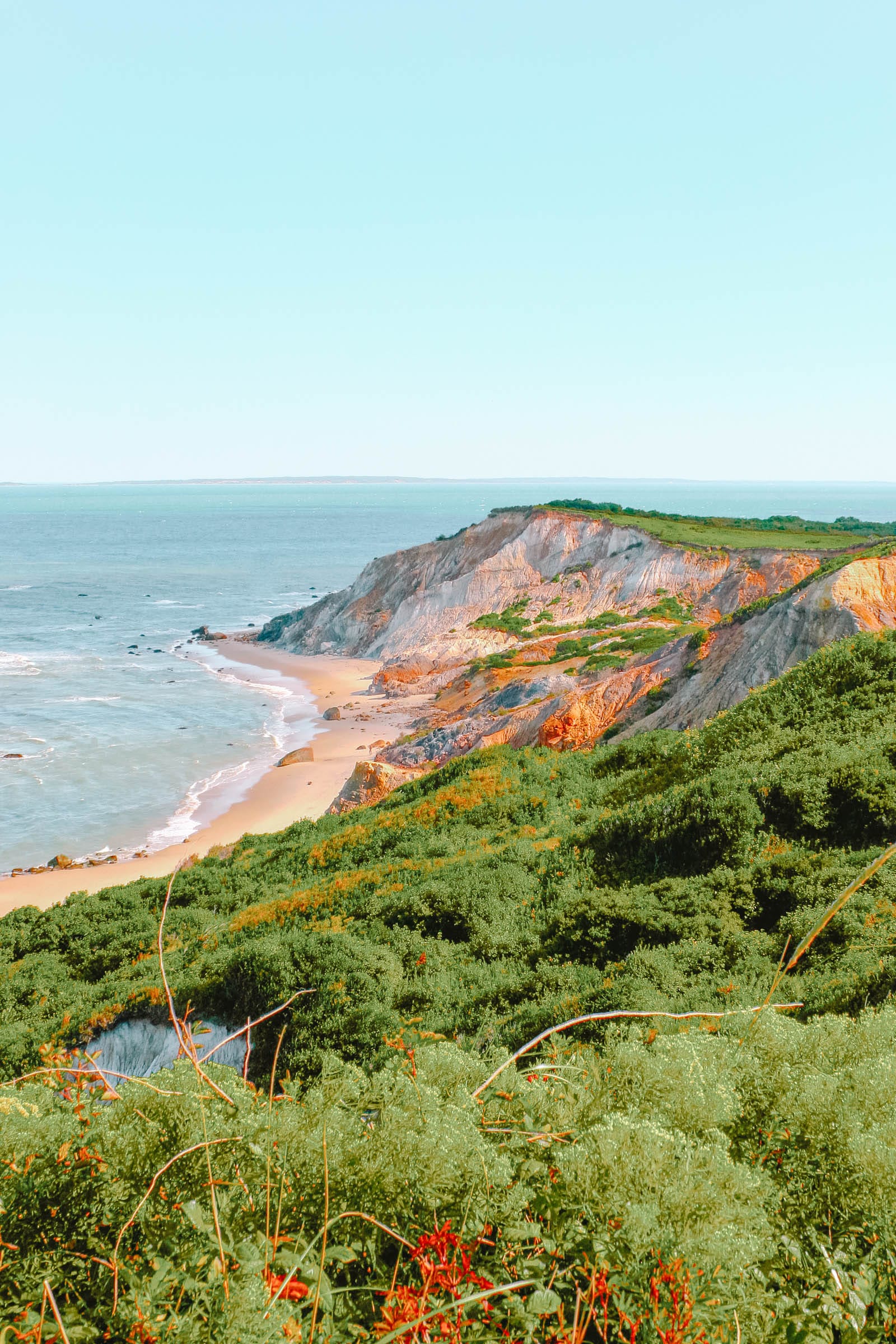A photo has been released of the first Asiatic wild ass to cross into the eastern steppe in Mongolia in 65 years, thanks to the new wildlife-friendly fence corridor at the Trans-Mongolian Railroad. In addition to the ass, known as a khulan, Mongolian gazelle and goitered gazelle have been documented crossing the previously impenetrable barrier.
Impact of Habitat Fragmentation
Since the completion of the Trans-Mongolian Railroad in 1955, khulan have been blocked from accessing their former range in the eastern grasslands of Mongolia. Consequently, thousands of Mongolian gazelles become entangled in the corridor fencing each year, and many more starve after being prevented from reaching quality pasture during their nomadic movements. The new crossing is part of a project to create simple modifications to existing fence designs along the railroad. In this initial pilot phase, gaps at two locations now provide safe passage for khulan and other wildlife, with plans for additional crossings to follow.

Threats to Biodiversity
Habitat fragmentation, resulting from the onslaught of highways, railroads, and pipelines, is one of the leading contributors to biodiversity loss. The Gobi-Steppe ecosystem is one of the largest grazing ecosystems on the planet and faces threats from the construction of new transportation corridors designed to enhance international trade. The population of khulan in Mongolia is estimated to be around 60,000 and is classified by the IUCN as ‘near threatened’ with extinction. The population stronghold, located in Mongolia’s South Gobi Desert, has been steadily shrinking due to habitat degradation and the growing development across its historical range.

Conservation Efforts
“The documentation of the return of khulan to the eastern steppe is an event that should be heard around the world,” says Dr. Kirk Olson, conservation director of the Wildlife Conservation Society. “A seven-decade old barrier dividing one of the remotest places on the planet is coming down, marking a starting point for reconnecting the Gobi-Steppe ecosystem and revitalizing spectacular wildlife migrations that equate to the more celebrated Serengeti ecosystem.”
The project has been implemented by WCS, and it released the photo, taken some 750km from Ulaanbaatar by one of 85 remote cameras set up along the railroad. For further information on this initiative, details can be found on the organization’s website here.




